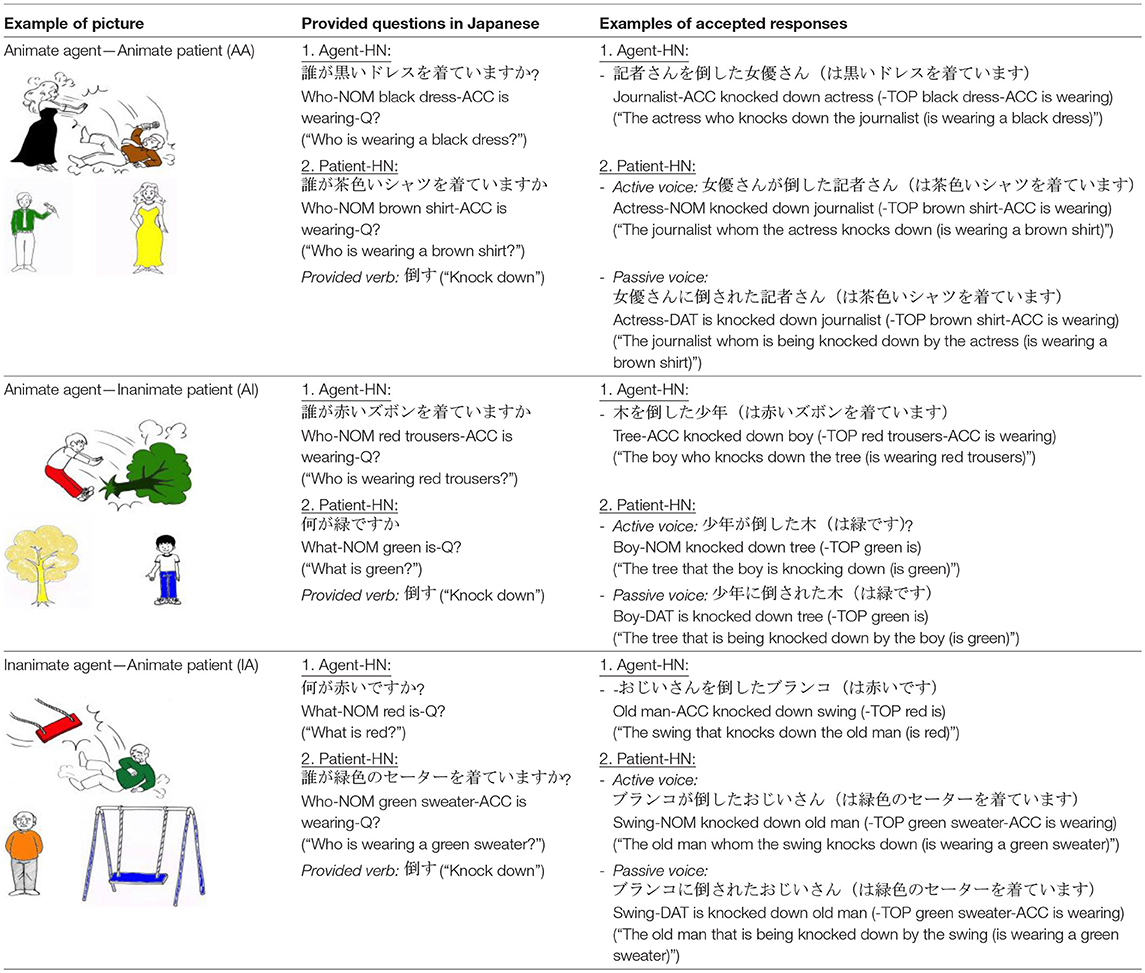

In Europe, a standardized written language is sometimes identified with the German word Schriftsprache (written language). In that vein, a pluricentric language has interacting standard varieties examples are English, French, and Portuguese, German, Korean, and Serbo-Croatian, Spanish and Swedish, Armenian and Mandarin Chinese whereas monocentric languages, such as Russian and Japanese, have one standardized idiom. Typically, standardization processes include efforts to stabilize the spelling of the prestige dialect, to codify usages and particular ( denotative) meanings through formal grammars and dictionaries, and to encourage public acceptance of the codifications as intrinsically correct. The standardization of a language is a continual process, because a language-in-use cannot be permanently standardized like the parts of a machine. As a sociological effect of these processes, most users of this language come to believe that the standard language is inherently superior or consider it the linguistic baseline against which to judge other varieties of language.

By processes that linguistic anthropologists call "referential displacement" and that sociolinguists call "elaboration of function", these varieties acquire the social prestige associated with commerce and government. Typically, the language varieties that undergo substantive standardization are the dialects associated with centers of commerce and government. Language variety with substantially codified grammar and usageĪ standard language (also standard variety, standard dialect, and standard) is a language variety that has undergone substantial codification of grammar and usage, although occasionally the term refers to the entirety of a language that includes a standardized form as one of its varieties.


 0 kommentar(er)
0 kommentar(er)
